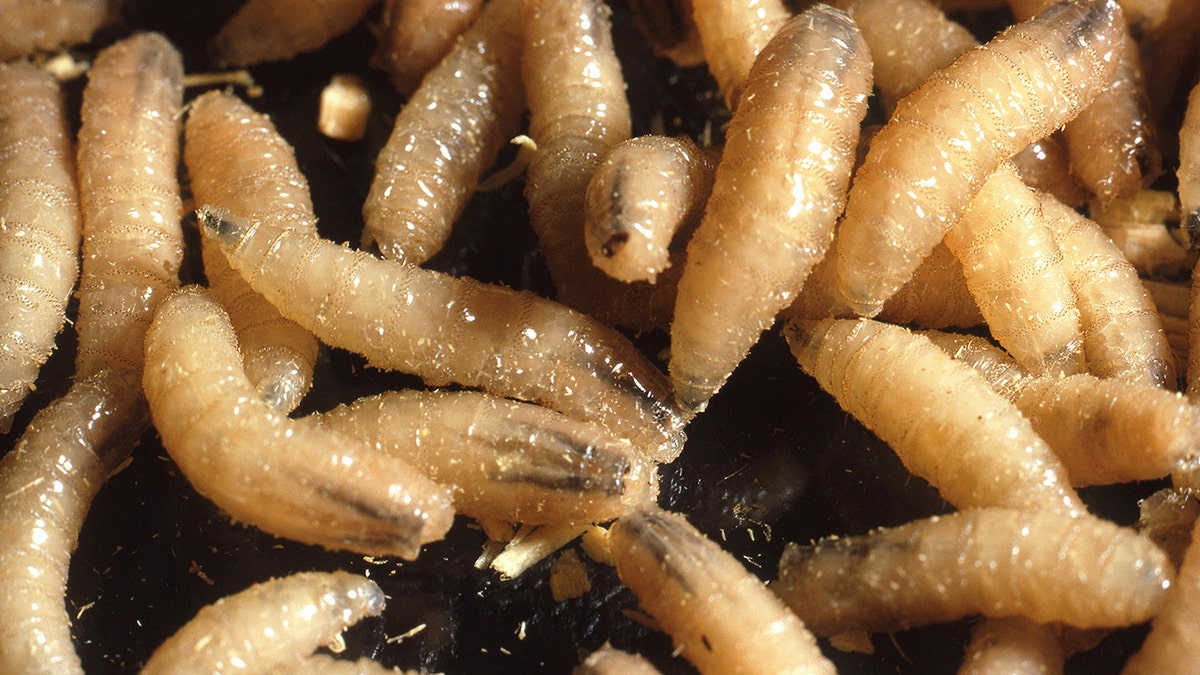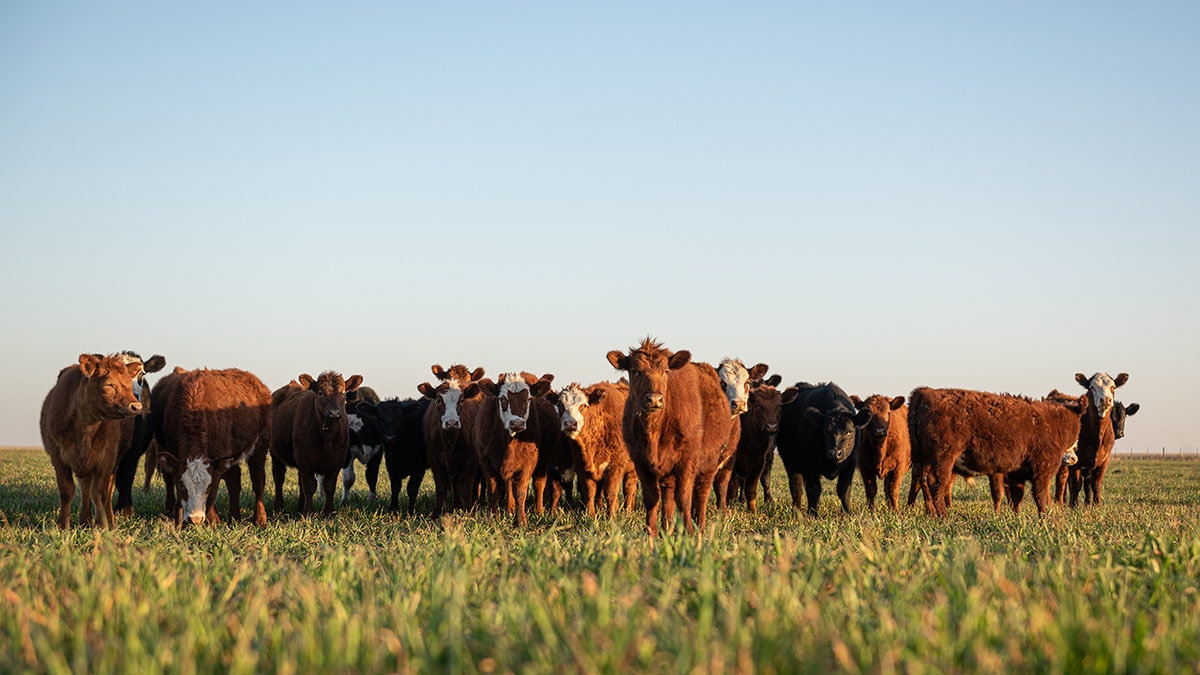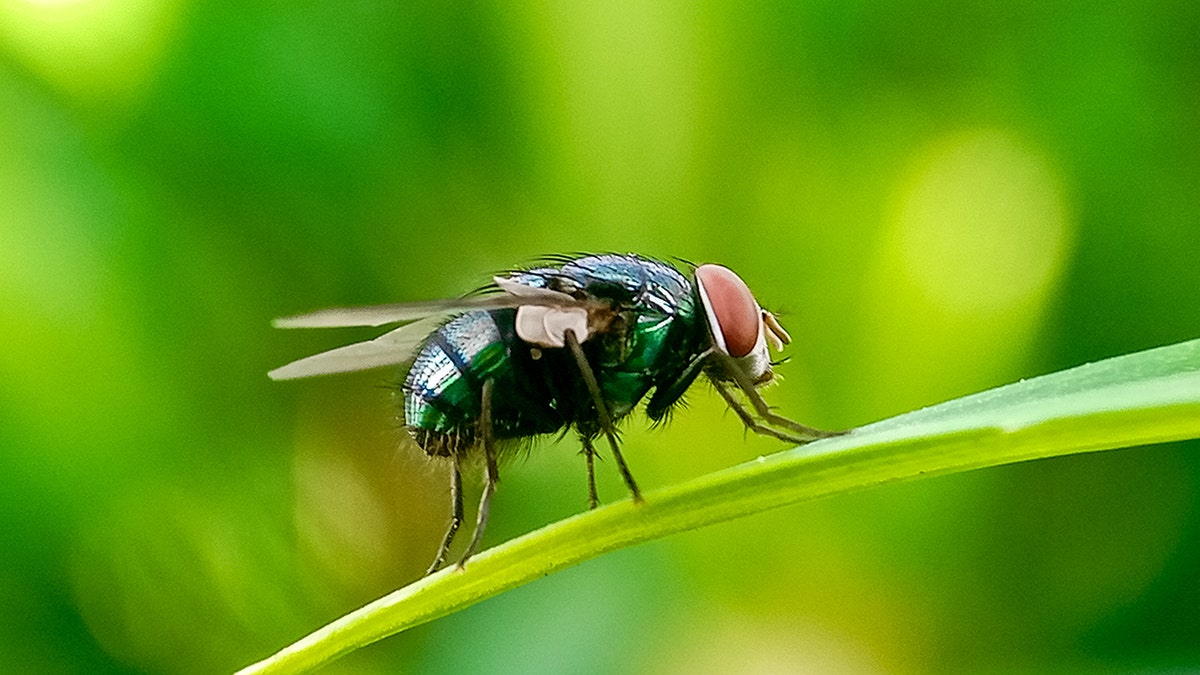A threat to North -American Livestock -the new Screwworm World Cup (NWS) Fly, which has been considered eradicated since the country since 1966 -has been resumed as a potential danger after a outbreak in Mexico.
The news unleashed a stop of the imports of livestock, horses and bison along the southern border, as announced on Sunday the Secretary of the United States Department of Agriculture (USDA) (USDA).
“Due to the threat of the new world screw, I am announcing the suspension of the imports of livestock, horses and live bison through the entry ports of the Southern United States immediately,” he wrote in the publication.
Dangerous fungi could be extended to parts of us, according to researchers, say
“The last time this devastating plague invaded America, it took 30 years to recover our livestock industry. This cannot happen again.”
What is the new world screw?
The NWS is a fly that is endemic in Cuba, Haiti, the Dominican Republic and some South -American countries, according to the Health Inspection Service of Animal and Plants of the USDA (Aphis).
Cochliomyia Hominivorax, the new global screw fly, or a short screw worm, is a kind of parasitic fly known by the way their larvae (maggots) eat the live tissue of animals. (Istock)
While the flies are in forests and other wooded areas, they will look for guests such as livestock or horses in pastures and fields, according to the previous source.
A female fly puts the eggs in a wound or hole of a lively animal and of warm blood. The eggs then hatch in larvae (maggots) that climb to the meat, causing potentially fatal damage.
Measles fright at the main airport: what to know about the potential exposure
The spiral worms are named for the behavior of their maggots, as they crawl to the meat similar to how a screw is driven to the wood.
For more health items, visit www.foxnews.com/health
“Maggots cause extensive damage by tearing the tissue of sharp mouth hooks,” according to Aphis’s website. This can expand the wound and attract more flies to put the eggs.

A female fly puts eggs in a wound or hole of a lively animal of warm blood, according to the source above. The eggs then hatch in larvae (maggots) that climb to the meat, causing potentially fatal damage. (Alamy)
In rare cases, larvae may feed on people, prevention disease control centers and states.
These infestations can be very painful and can cause severe and potentially fatal damage to their hosts, causing Miasi, a parasitic infection of fly larvae in the human tissue.
Risk and Prevention Factors
The screws are often found in South America and the Caribbean.
“People traveling to these areas spend time among livestock animals, sleeping outdoors and opening open, they have a greater risk of being infested with NWS,” says the CDC.
“Wounds as small as a tick bite can attract a woman to feed -“
Immunocompromas, very young or very old or malnourished, also have a higher risk of infection, the previous source was indicated.
Those who have had recent surgery also have a higher risk, “because the flies will put eggs on open sores,” according to the CDC.
Potential impact
If another outbreak in the United States, “pets, livestock, wildlife, and even humans may suffer and die from spiral mishaass,” the USDA warned.

USDA estimates that livestock producers in the south -west of the United States lost $ 50 to 100 million a year due to NWS in the 1950’s and 1960’s until it was successfully eradicated. (Istock)
USDA estimates that livestock producers in the south -west of the United States lost $ 50 to 100 million a year due to NWS in the 1950’s and 1960’s until it was successfully eradicated.
Click here to register -you are in our health newsletter
“Presumably, these highest losses in the south -they were due to higher livestock populations, larger geographical area and/or greater potential for NWS for winter,” said the report.
Click here to get the Fox News app
While USDA eradicated NWS in 1966, there was a outbreak of the Florida keys in 2016. It only affected the endangered deer population and was eradicated in March 2017 by Aphis.
Greg Wehner contributed to the reports.
#world #screw #eats #meat #pose #risks #health #livestock #humans
Image Source : www.foxnews.com
